MUSICIAN SURVIVAL KIT
A PRACTICAL GUIDE TO CHOOSING, EQUIPPING, AND CARING FOR YOUR INSTRUMENT
With the purchase of an instrument, most accessories are included in the kit. Bring these things to EVERY lesson/class/rehearsal. Here are a few suggestions and recommended brands.
Basic Kit:
Instrument
Bow: Check instrument compatibility
Case: Avoid soft cases, and make sure the instrument fits snugly.
Strings: Check sizing and instrument compatibility (D’Addario Helicore, Dominant, Evah Pirazzi, Peter Infeld)
Rosin: Check instrument compatibility (Cecilia)
Shoulder Rest: Check sizing compatibility (Kun, Everest, Mach One)
Cleaning Cloth: Microfiber or another soft material
Practice Notebook and Pencil
Classical Players:
Sheet Music and Technique Book: Varies based on skill level and age (ask your teacher!)
Music Stand: Metal or wire acceptable
Tuner and Metronome Apps: Free apps are just fine! (TunerT1, ProMetronome)
Extras:
In my own instrument kit, I also like to keep a few photos for inspiration and a personal touch!
Picking an Instrument
Violin or viola?
Violin
Powerful sound projection: violins have a high E string
High, sweet tone with soprano-type range
Players read Treble Clef
Smaller, lighter
Standard sizing: full size is 14.5”, with fractional sizes for children
Viola
Deep sound: violas have a low C string
Rich, smooth tone similar range to the human voice
Players read Alto AND Treble Clef
Bigger, heavier
Non-standard sizing: 13”-17.5”
Suited to (but not limited to!) players with longer limbs**
Both instruments belong to the string family, played da braccio (on the shoulder) with classical and fiddle, as well as solo and ensemble capabilities. They are each essential to the symphony in their own way, with a unique voice and role.
**IMPORTANT NOTE: I am 5’1” with very small hands, as was the wonderful violist Lillian Fuchs and many others. If you love that chocolatey viola sound, don’t be afraid of the size of the instrument.
How to Buy an Instrument
One of the wonderful things about playing a violin or viola is that most instruments are handmade (with love and great attention to detail) by craftspeople called Luthiers. There come in multiple sizes, styles, sound qualities, and prices, so there are options for everybody! Make sure that you find a violin or viola that fits YOU. You can expect to pay ~$300-$5000 on an instrument. Here are some sources for instruments I feel are trustworthy and high quality:
Shar Music: www.sharmusic.com
Though I do not have personal experience with this site, Shar Music is a very well respected organization, and I have had students find excellent instruments through them.
Gliga Violins: www.violinslover.com
Beware! Shipping may take forever (up to a month and a half), so plan ahead. However, I have been very satisfied with these instruments, both violins and violas. These are nice and affordable, and the website allows customers to find something that works for their skill level and budget.
Lawrence Brown:
Luthier local to Asheville NC. Stock can be limited, high quality work at an affordable rate for intermediate to advanced players, especially violists and fiddle players! He can be reached on Facebook.
Things to avoid!
Do NOT buy a build-your-own violin from Amazon. Just don't. Trust me.
Be very careful buying from Facebook Marketplace/Craigslist unless you really know what to look for. Some instruments on sources like these come lacking essential parts and it ends up being more money to put the instrument together or make repairs than the thing is worth.
Renting an instrument, especially for younger players that need smaller instruments, but will grow into a full size, can be a very practical option. Shar Music is one of the best sources for this. I also have some student instruments, bows, and equipment in stock available for rent at $12.00-$25.00 per month. First come, first serve. Please feel free to contact me directly with any questions!
If you have an instrument you would like to donate to Bickley Studios, please visit this link!
What Size Instrument is Best for You?
Step 1.
How long is your arm? Hold your left arm out to the side, and measure the distance from the base of your neck to the center of your palm.
Step 2.
Refer to the chart below to determine what size instrument would be best for you!
If there is any doubt about a particular size, err on the side of caution
and size down to prevent injury and discomfort.
INSTRUMENT CARE:
Basic Instrument Care:
Wipe down after every session
1-2 times per year: replace strings
bow care:
Rosin bow before every session
Tighten and loosen every session
1-2 times per year: bow rehair




